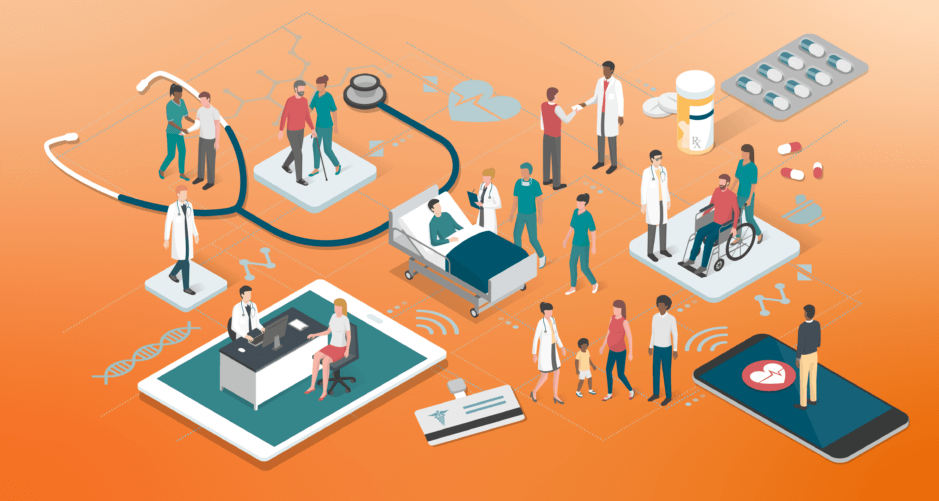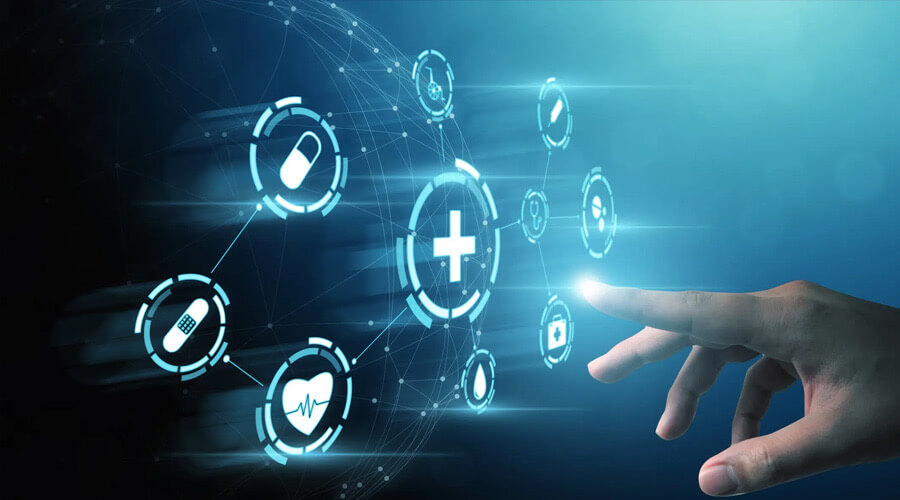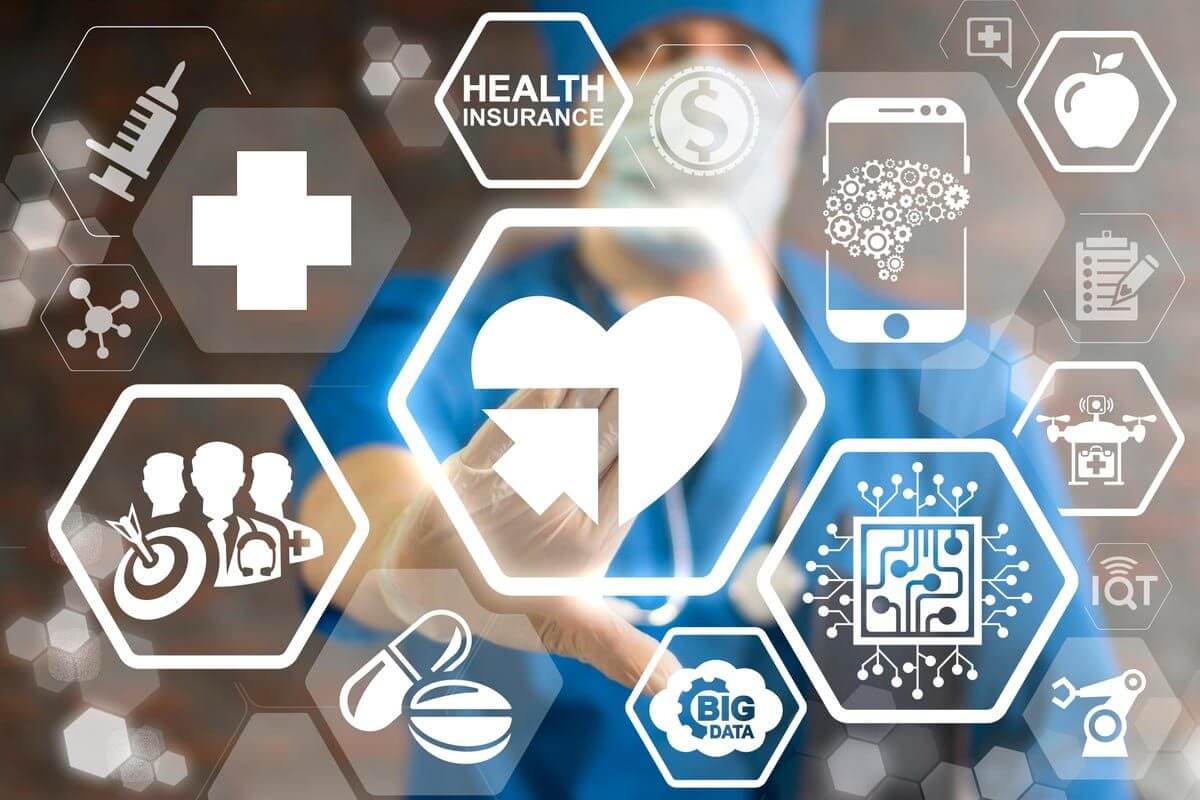Web3 in Healthcare: Transformative Technologies Shaping the Future of Wellness
Introduction:
The advent of Web3 technologies is heralding a new era of decentralization and interoperability, reshaping industries across the spectrum. In the healthcare sector, where data security, accessibility, and interoperability are of paramount importance, Web3 holds the promise of revolutionizing the way we approach health and wellness. In this article, we will explore the convergence of Web3 and healthcare, examining the potential impact on patient care, data management, and the overall landscape of the healthcare industry.
I. Understanding Web3:
Web3, often referred to as the “Decentralized Web,” represents a paradigm shift from the centralized structures that define Web2. Unlike its predecessor, Web3 leverages blockchain technology and decentralized protocols to create a more open, secure, and user-centric internet. Key elements of Web3 include decentralization, trustless transactions, and enhanced user privacy.
II. Decentralization in Healthcare:
a. Patient Data Ownership:
- Empowering Patients: In a Web3-enabled healthcare ecosystem, patients gain greater control and ownership of their health data. Blockchain, with its decentralized and immutable nature, ensures that individuals have secure access to their complete medical history, fostering a sense of ownership and agency.
b. Interoperability:
- Breaking Down Silos: Web3 facilitates seamless interoperability among disparate healthcare systems. Patients, physicians, and healthcare providers can access and share relevant information across platforms, reducing redundancies and enhancing the continuity of care.
III. Blockchain Technology in Healthcare:
a. Secure Health Records:
- Immutable and Tamper-Proof: Blockchain ensures the integrity of health records by creating an immutable and tamper-proof ledger. Patient data, treatment history, and diagnostic records become transparent, secure, and resistant to unauthorized alterations.
b. Smart Contracts for Healthcare Transactions:
- Automating Processes: Smart contracts, self-executing contracts with the terms of the agreement directly written into code, can streamline administrative processes in healthcare. This includes automating insurance claims, managing billing processes, and ensuring transparent and efficient transactions.
c. Clinical Trials and Research:
- Transparent and Traceable: Blockchain’s transparency is particularly beneficial in clinical trials and medical research. It provides a verifiable and traceable record of trial data, ensuring the authenticity and reliability of research findings.
IV. Patient-Centric Healthcare:
a. Personalized Medicine:
- Data-Driven Insights: Web3 enables the collection and analysis of vast amounts of health data in a secure and privacy-preserving manner. This facilitates the development of personalized treatment plans, leveraging artificial intelligence and machine learning algorithms to offer precise, patient-centric interventions.
b. Incentivizing Health Data Sharing:
- Tokenization and Incentives: Web3 introduces the concept of tokenization, allowing patients to tokenize their health data. In exchange for sharing this data for research or clinical trials, patients may receive tokens, creating a system of incentives for data contribution.
V. Security and Privacy:
a. Enhanced Data Security:
- Immutable Data: The decentralized and cryptographic nature of blockchain enhances data security. Patient records are stored in a tamper-proof manner, reducing the risk of data breaches and unauthorized access.
b. Consent Management:
- Granular Control: Web3 introduces advanced consent management systems. Patients can exercise granular control over who accesses their data and for what purpose, ensuring privacy is maintained while still enabling necessary data sharing for healthcare purposes.
VI. Challenges and Considerations:
a. Integration with Legacy Systems:
- Overcoming Legacy Hurdles: The integration of Web3 into existing healthcare infrastructures presents challenges. The coexistence of traditional systems and emerging decentralized technologies requires careful planning and strategic implementation.
b. Regulatory Compliance:
- Navigating Regulatory Frameworks: The healthcare industry is subject to strict regulatory frameworks. Adapting to Web3 technologies while ensuring compliance with regulations poses a significant hurdle that requires collaboration between technology innovators and regulatory bodies.
VII. Telemedicine and Web3:
a. Decentralized Telehealth Platforms:
- Direct Patient-Provider Interaction: Web3 facilitates the development of decentralized telehealth platforms, ensuring direct and secure communication between patients and healthcare providers. Smart contracts can automate appointment scheduling, payments, and other administrative processes.
b. Tokenized Healthcare Services:
- Microtransactions and Tokenization: Web3 enables microtransactions, allowing for tokenized healthcare services. Patients can pay for specific services or consultations with healthcare professionals using blockchain-based tokens, creating a more flexible and transparent payment model.
VIII. The Role of Artificial Intelligence:
a. Decentralized AI Models:
- Privacy-Preserving AI: Integrating Web3 with artificial intelligence allows the creation of decentralized AI models. Patient data remains on the blockchain, and AI algorithms operate on this data without compromising individual privacy.
b. Predictive Analytics for Preventive Healthcare:
- Proactive Health Management: AI, fueled by the data stored on decentralized ledgers, can offer predictive analytics for preventive healthcare. Identifying health risks early enables proactive interventions, reducing the burden on healthcare systems.
IX. Tokenomics in Healthcare:
a. Token-Based Healthcare Ecosystems:
- Fostering Collaboration: Web3 introduces tokenomics into healthcare ecosystems, incentivizing collaboration among stakeholders. Patients, healthcare providers, and researchers can participate in token-based economies, fostering a more cooperative and inclusive healthcare landscape.
b. Decentralized Healthcare Marketplaces:
- Empowering Patients: Web3 enables the creation of decentralized healthcare marketplaces. Patients can access a variety of healthcare services, and healthcare professionals can offer their expertise directly to consumers, bypassing intermediaries and promoting a more patient-centric approach.
X. The Future of Web3 in Healthcare:
a. Global Healthcare Interconnectedness:
- Borderless Healthcare: Web3 has the potential to create a global, interconnected healthcare system. Patients can access medical records and services seamlessly across borders, fostering international collaboration and improving healthcare outcomes globally.
b. Community-Driven Healthcare Initiatives:
- Empowering Communities: Web3 technologies empower communities to drive their healthcare initiatives. From decentralized health records managed by local communities to crowd-funded research projects, the decentralized web encourages community participation in healthcare decision-making.










